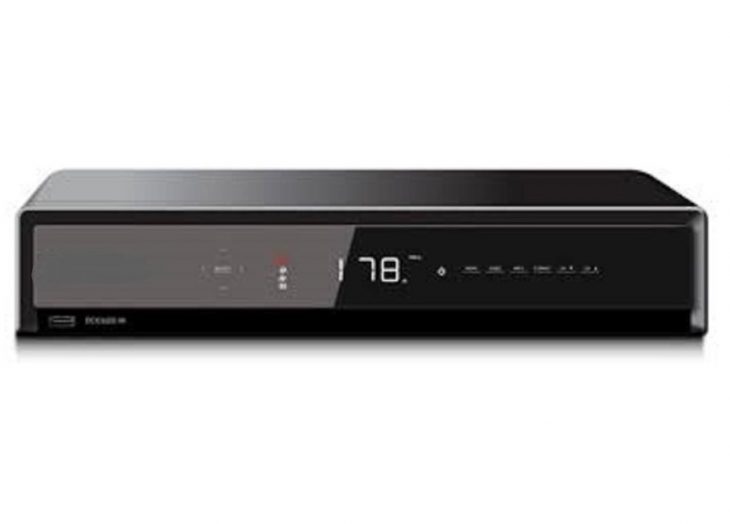
Yes, but…
IN THE MIDST OF TV OPERATORS moving to new h.264 adaptive bit-rate streaming devices, they’re faced with the serious issue of trying to still move forward with their legacy MPEG2 set-tops (for which they dearly paid).
They understand the urgency to move quickly towards a compatible, side-by-side streaming solution that is easy to manage, but how can cablecos, telcos and ISPs make use of that mature technology as the video world accelerates ever-more quickly down its evolutionary path?
Canadian operators have moved much slower toward streaming solutions than their American counterparts – as they believe subscriber losses are happening more slowly here. Statistics Canada revealed this year “69% of Internet users reported paying for or using an online video streaming subscription service,” so this analysis shows Canadian operators must stop hiding behind old statistics and move forward. Now.
Delivering video ‘the same old way’ through operator set-top boxes is old-hat and unless newer technology is used, will lead to faster subscriber losses for those operators unwilling to move forward quickly. Those legacy set-tops leave a lot to be desired nowadays, as they are:
- underpowered with slow processors
- lacking the graphics capabilities for the latest graphic-intensive guides
- lacking in power to run HTML5 so they can’t stream (on their own)
- running proprietary algorithms and encryption (they can’t run newer DRMs)
- using varying UXs (no look and feel commonality)
- forcing operators to be liable for their continued operational health
New options, however, exist to solve these limitations using the same low-powered set tops. Modern, advanced guides can partially mimic advanced streaming solutions by streaming guide views to the set tops using standard available VOD QAM channels, instead of rendering guide graphics. Using this technology, remote commands are easily captured, and the video being streamed changes based on customer input.
Not only does this bypass limitations in set top processing, but response delays are often less than traditional rendering of graphics internally within a set top. However, these solutions can initially be costly, given that many headend streamers are required to handle all set top requests. Therefore, these solutions are typically a better fit for medium-to-large sized operators.
What about smaller operators?
Well, those providers need to be especially careful while still moving forward and not upsetting their current subscribers. There are new VOD delivery systems to legacy set-tops, ones which will truly save them massive funds as compared to the old RF-style VOD offerings and storage systems. Those systems will lower costs, use far less power and rack space, and are more reliable than any current VOD systems, which is great news.
Coupling that system with streaming live-linear services with nDVR and VOD, now allows Operators have everything subscribers demand of them.
So, how do operators find the optimal way to keep and grow their subscribers while properly, and fiscally responsibly, managing the retirement of mature tech?
It ends up being a mix of using legacy set-tops with the aforementioned VOD solutions (for subscriber-retention stickiness), plus targeting high-end subscribers, by renting high-end Android-TV streaming set-tops to them, while slowly replacing the oldest legacy set tops with low-end Android-TV streaming set-tops for their lower income customers.
In all cases, an operator could also include BYOD streaming devices owned by those subscribers (like a Roku, FireStick or Apple TV). Best of all, proprietary set tops can slowly be removed from the system, while being replaced with open solutions that can be purchased from multiple vendors.
Such a well thought out full “transition plan” for the operators to move forward into the future service offerings that subscribers now demand – is necessary. That transition must encompass a “learning bridge” for operators to use, in gradually moving to newer Guides and thus minimizing upsetting existing subscribers, and truck rolls.
Here are two checklists for operators to work towards:
Streaming checklist:
1. Live/linear and nDVR services
2. Your VOD services
3. Availability of other apps
In-home devices:
1. Your legacy set-tops live and VOD
2. Your high and low-end Android TV set-tops
3. Subscribers’ BYOD devices
One other item: How do operators cost-effectively send streaming video to their hubs and nodes? Wouldn’t it be great if they could do so via an intranet (known as a local cloud), and thus not need expensive fibre exclusively for this video transport?
Look for any streaming system with a unique tech development called edge relay or similar system for handling this and  save massive transport costs as a result.
save massive transport costs as a result.
Stephen Sacks, MBA, P. Eng., is an accomplished senior-level sales/marketing/business management executive in broadband/video telecommunications, with proven strategic & tactical capabilities in providing leading-edge technology solutions to those industries since 1984. He started VAR and design/consulting firm MDL Communications in 2006 and has a penchant for sharing his knowledge base with others to realize similar successes. This analysis was recently presented at the Ontario SCTE fall meeting.



